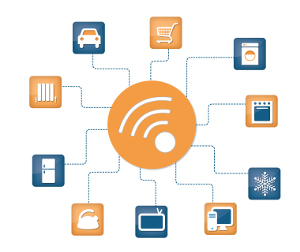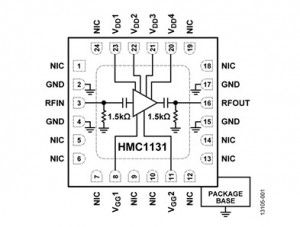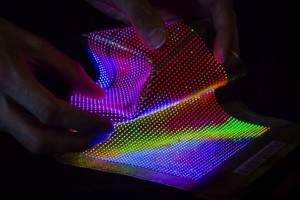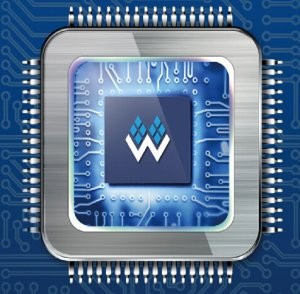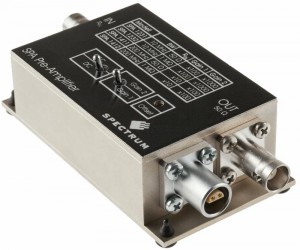 IBM today announced an expansion of its IoT platform – called IBM IoT Foundation – through a collaboration with ARM mbed-enabled devices connecting to analytics services.
IBM today announced an expansion of its IoT platform – called IBM IoT Foundation – through a collaboration with ARM mbed-enabled devices connecting to analytics services.
This fusion will allow data from devices such as industrial appliances, weather sensors and wearable monitoring devices to be gathered, analyzed and acted upon.
IBM also announced the first in a series of IBM Cloud-based, industry-specific IoT services with IoT for Electronics. The service will enable electronics manufacturers to gather data from individual sensors that can be combined with other data for real-time analysis.
The IBM IoT Foundation is a platform upon which a family of fully managed, cloud-hosted offerings on the SoftLayer Infrastructure is built. IoT Foundation makes it simple to derive value from Internet of Things (IoT) devices, IBM says. It includes:
- “Analytics tools capable of dealing with large quantities of fast-moving data”,
- “Access to IBM Bluemix, IBM’s Platform-as-a-Service, that is capable of handling the immense flow of data and provide anytime access for decision makers”
- “Security systems capable of helping organizations protect IoT data as rigorously as they do their own confidential financial, IP and strategy information”.
The integration between IBM and ARM will allow products powered by ARM mbed-enabled chips to automatically register with the IBM IoT Foundation, and connect with IBM analytics services. This unifies the ARM mbed IoT Device Platform and the IBM IoT Foundation at the point where information gathered from deployed sensors in any connected device is delivered to the cloud for analysis, says IBM.
The IoT connection also enables delivery of actionable events to control equipment or provide users with alerts or other information. For example, the triggering of an alarm message on a washing machine to ask the owner to confirm a breakdown engineer appointment if a fault is detected.
According to the company:
This integration can help clients improve engagement, accelerate innovation and enhance operations through connected devices and analysis of the data. Custom hardware built around ARM’s chip technology and IBM’s IoT services for predictive maintenance, better asset performance, operational risk management and managed continuous engineering, can help provide organizations with enterprise-grade tools designed to help them build value from their Iot installations.

